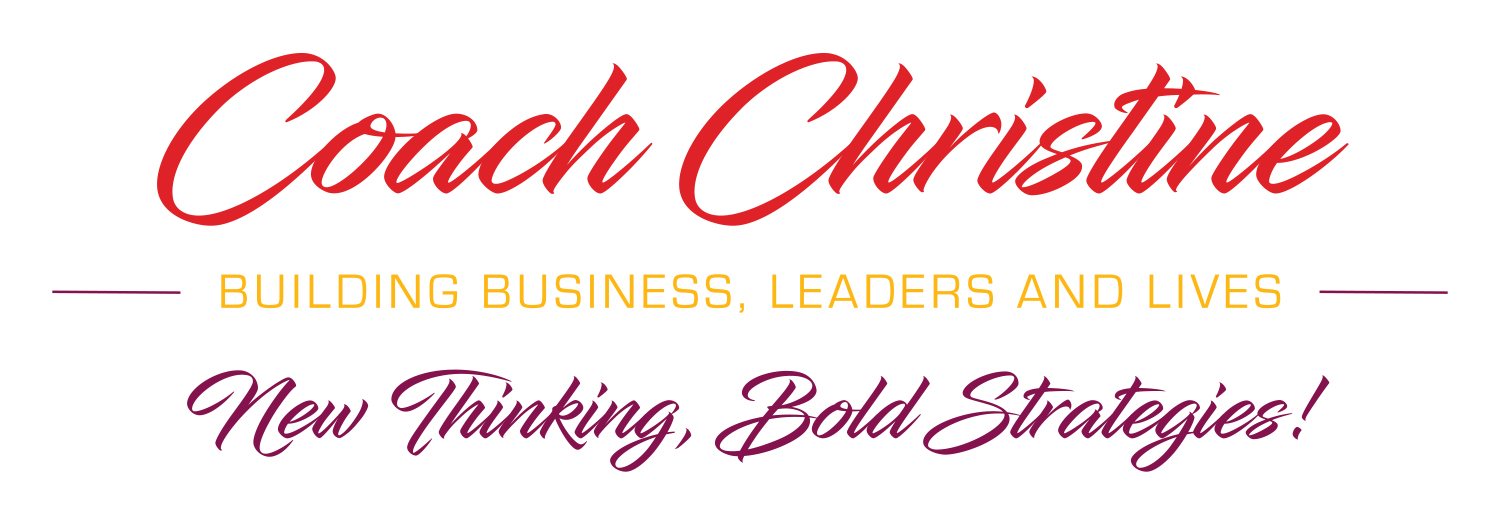A rudderless ship is vulnerable to the strongest blowing wind.
So too is your business if you’re focused only on the here and now, and your operation is perpetually reacting instead of proacting.
Leading professionals know that looking forward drives growth.
Photo by Shutterstock and a version of this article was originally published through Forbes Coaches Council.
Here, we’ll examine how to build a strong foundation. Now that you’ve spent time examining your “why” and the legacy you’d like to leave behind, we’ll discuss in detail how to craft your vision and mission statement. With this, you’ll have a blueprint for success and a target on the horizon to strive for.
Your mission statement is a set of words that defines and communicates the purpose of your business. It shows how you define success, make business decisions and ensure that everyone involved in the company is on the same, inspired track.
Google’s mission statement is a great summation of what the company does: “to organize the world’s information and make it universally accessible and useful.” Here’s Microsoft
‘s: “We believe in what people make possible. Our mission is to empower every person and every organization on the planet to achieve more.”
Step 1: Establish The Framework
Define your purpose:
• Why did you choose this line of business?
• What is the best part of your business, and what keeps you going?
Who do you serve?
• Who is your ideal buyer?
• Who are your customers?
• How do you treat your customers and employees, and why is that important to you?
Establish your reputation:
• What do you do better than anyone else? Why should people buy from you?
• What do you want your legacy to be? What do you want to be known for?
• What keeps your competition up at night — what’s your “secret sauce?”
• What do you stand for?
Measure your success:
• What does success look like to you?
• What kind of goals have you established to make your business succeed? How will you measure them and how will you know when you’ve arrived?
Step 2: Refine Your Mission Statement
Now that you have broad objectives, it’s time to start narrowing them down. Ideally, your mission statement should be three to four sentences that capture your goals, purpose and your “why.”
Ask for input from your employees, and make it personal. It should be something everyone can buy into. Go for the big picture; the sky is the limit.
Keep in mind mission statements can evolve over time. Try different combinations until you find one that resonates with you and your employees. Use actionable words. It can be helpful to include goals in your mission statement, like “95% of the time we will …”
Remember, there are no wrong mission statements. If it resonates with you and your employees, your mission statement is complete.
Step 3: Create Your Business Vision
Now that you know what you stand for, it’s time to build the blueprint to get there. Here are key steps to follow:
Start with your history:
You have to look back to move forward — you can’t know where you’re going if you don’t know where you’ve been.
• When did you start in business, and how many employees did you have?
• Write all your company’s significant milestones on a piece of paper with a brief description of each, and turn it into a line graph with peaks and valleys. What are the positive and negative milestones and turning points, and when did they occur?
• What are the achievements you are most proud of to date? Any awards or innovations? Include big and small achievements.
• What are your favorite parts of the business? What are your passions?
• What other details need to be included in the history of your business for a complete picture?
Now, pretend your business history belonged to a third party. What do you notice? What are significant positive or negative business decisions and what was the outcome? What’s holding you back from moving forward? What were the obstacles and how did you overcome them?
Look at the present:
• What does your business look like currently?
• What are your strengths, weaknesses, opportunities and threats?
• What is your value proposition?
• What do you need to get to your goals? Resources, finances, income, employees, training, product launches?
• Do you have work-life balance?
• How is the company’s financial health? Sales, payables, loans, inventory?
• Is your technology current? Do you have a website, social media presence, infrastructure?
• Do you have key employees? Do they need development or training? If so, where are you going to obtain it and what is the return on investment?
• If you could make two or three changes to have an immediate impact, what would they be and how would you do it?
Plan for the future:
Picture your business three months, six months, one year, three years, five years and ten years down the line.
• What are your top short- and long-term goals, in order of priority?
• How can you best leverage your top three strengths?
• How do you define short-term and long-term success?
• What impactful ideas do you have that have not yet been implemented? What would it take to act on them? What’s holding you back?
• What should you start doing, stop doing or find a different way of doing?
• If you put energy into it, where could your business shine that it isn’t already?
• What three things would make your business a success in the coming year? How can you achieve that?
• What are secondary goals for success? How can you achieve them? What will the business look like if you do? What resources are required?
It’s a lot to think about, but it’s worth the investment of your time to create a clear vision for your company. Where you are and where do you want it to be?
Meet Coach Christine
Christine coaches with ROI top-of-mind and clients have seen upward of 200% ROI. Many companies who leverage her coaching produce quick and long-lasting results transforming people, processes and culture, impacting their bottom line.
Her time with clients generates powerful results in:
- Business and Personal Development
- Communication and Relationships
- Sales and Sales Leadership
Watching and learning at the feet of titans of Canada’s Wall Street and other business leaders, Coach Christine was influenced by their success and built a corporate career and coaching business founded on proven business practices.
She is an award-winning business woman and contributor to Forbes publications; is an accredited coach with the ICF; a practitioner of Conscious Business practices; is certified by the IMPACT: Coaching with ROI program; holds her First and Second Degree Reiki and has studied Aboriginal healing for over 20 years. Christine loves the adventure of travel and has a knock-out collection of snazzy women’s shoes.
When you want more, are ready to bust obstacles and build your juicy, big life, contact me, Coach Christine Culbertson.

